Andreas Grimmel | Auf den folgenden Seiten können Sie sich über meine Arbeit als Forschungsdirektor am Europa-Kolleg Hamburg – Institute for European Integration, als wissenschaftlicher Mitarbeiter am Interdisciplinary Centre for European Studies (ICES) der Europa-Universität Flensburg und als Privatdozent an der Universität Hamburg informieren.
An der Universität Hamburg habe ich Politikwissenschaft, Rechtswissenschaft und Philosophie studiert und war danach Visiting Fellow an der Harvard University, der University of Cambridge und der Sciences Po Paris.
Nach meiner Promotion im Jahr 2012 habe ich als Postdoc u.a. am ARENA Centre for European Studies in Oslo und am Max-Planck-Institut für ausländisches öffentliches Recht und Völkerrecht in Heidelberg geforscht und war Visiting Scholar am Fudan Development Institute (FDDI) in Shanghai und am European Union Centre in Taiwan (EUTW).
Seit 2018 bin ich Forschungsdirektor des Europa-Kolleg Hamburg – Institute for European Integration und seit 2019 Privatdozent im Fach Politikwissenschaft an der Universität Hamburg. Im Sommersemester 2021 habe ich die Universitätsprofessur für Europäische und internationale Politik an der Leibniz Universität Hannover verwaltet.
Meine Arbeits- und Forschungsschwerpunkte umfassen u. a. Politik und Recht der Europäischen Union (EU), aktuelle Herausforderungen und Problembereiche der Demokratie in der EU, internationale Beziehungen und internationale Organisationen, Regionale Integration und „Integration durch Recht“ sowie Politische Bildung.
Publikationen | Vorträge | Lehre :
➥ insgesamt 9 Fachbücher
➥ über 60 Beiträge in Zeitschriften, Sammelbänden, Working Paper Series und Printmedien
➥ über 50 Fachvorträge und Konferenzen
➥ über 15 Jahre der universitären Lehre mit mehr als 50 Seminaren und Vorlesungen
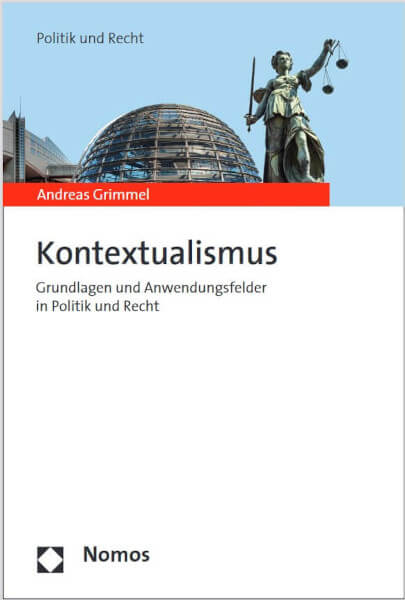
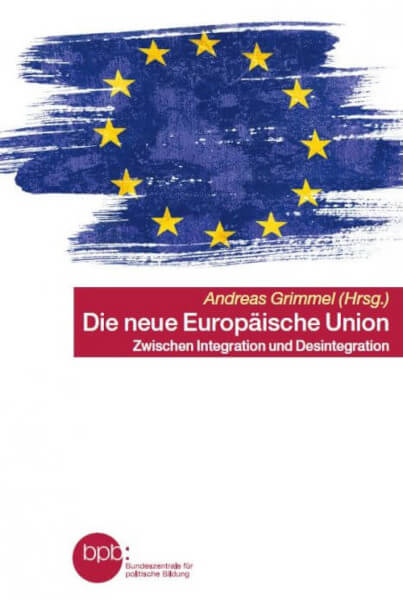
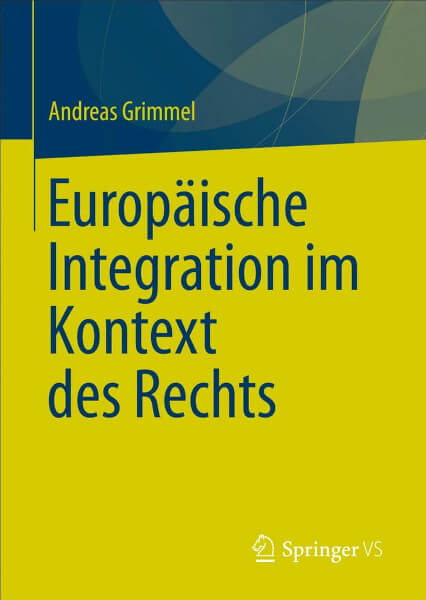

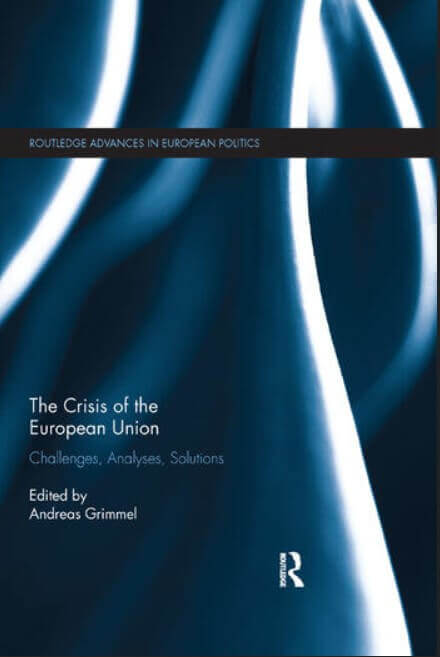
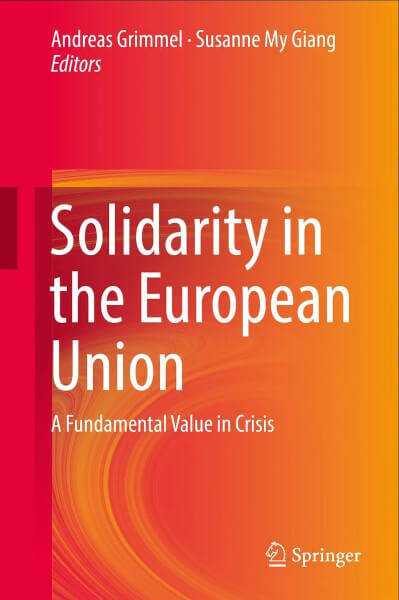
PD Dr. Andreas Grimmel
Institute for European Integration
Europa-Kolleg Hamburg
Windmühlenweg 27
22607 Hamburg
a-grimmel@europa-kolleg-hamburg.de
Universität Hamburg
Fakultät für Wirtschafts- und Sozialwissenschaften
Allende Platz 1
20146 Hamburg
andreas.grimmel@uni-hamburg.de
